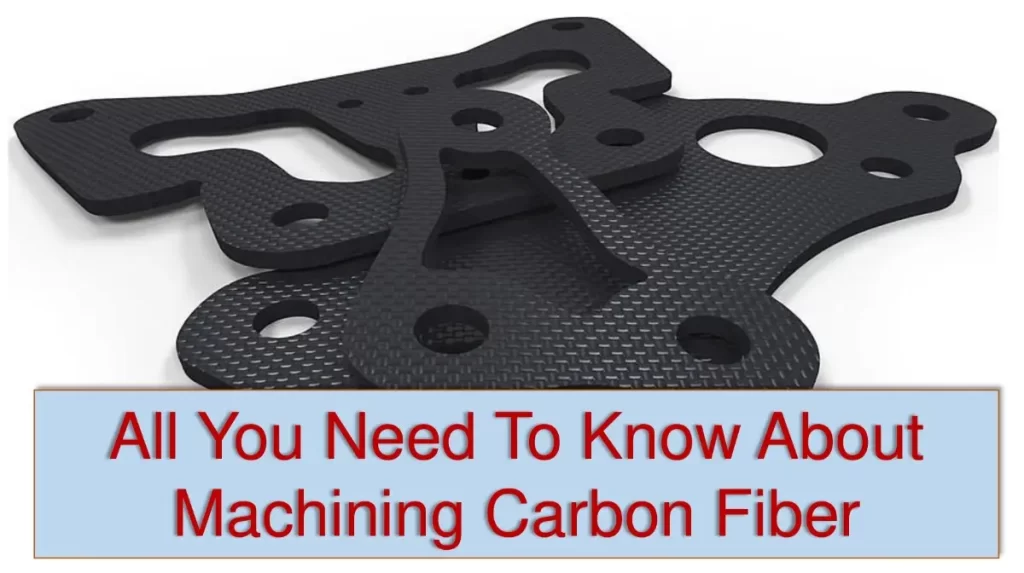
Carbon fiber was first used for light bulbs, thanks to the ingenious contribution of Joseph Swan in the 1860s. This high-strength-to-weight ratio material has been growing in popularity ever since. At Prolean Tech, we get inquiries from across the world about machining carbon fiber.
We always deliver quality CNC machining services and have attained ISO 9001:2015 certification, a mark of world-class quality management system (QMS), and other global certifications.
With the increased application of carbon fiber in aerospace, automotive, and other industries, machining carbon fiber is common nowadays. Carbon fiber offers low weight, high durability, and strength.
Machining carbon fiber entails processes such as turning, milling, and drilling. It pays to understand carbon fiber properties because they indicate the manufacturing processes to follow.
This article highlights the properties of carbon fiber and the relevance of carbon fiber CNC processes. It also discusses the various uses of machined carbon fiber parts.
What is Carbon Fiber?
Carbon fiber is a high-strength material comprising over 90% carbon content. This material has remarkable electrical, mechanical, and thermal properties. The carbon in this material is in crystalline filaments that adhere to each other. Carbon fiber becomes even stronger with interwoven filaments.
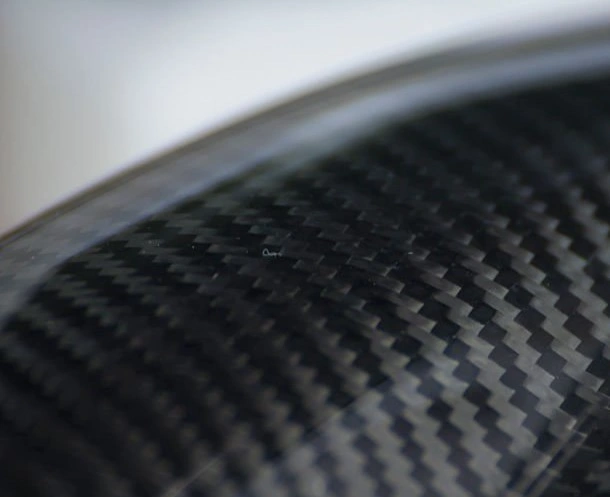
Carbon fiber
The fibers are tiny (diameters of 10 micrometers) or less, and have a lattice-like formation. With almost pure carbon content, this material performs exceptionally well and predictably.
Here’s a list of the main carbon fiber properties:
- Resistant to chemicals, corrosion, and wear
- Temperature variations cause very minimal expansion
- Stronger than steel at only 25% of the weight
- May crack under stress
- Electrical conductivity
Try Prolean Now!
More on the Properties of Carbon Fiber
Machined carbon fiber has extensive applications due to its admirable properties:
Strength-to-weight ratio
With a tensile strength comparable to that of some steels, carbon fiber has a very high strength-to-weight ratio due to its low weight. If your applications require reduced weight and high strength, this material is worth considering.
Corrosion Resistance
Unlike metals, carbon fiber is not prone to corrosion. This property further makes this material preferable in corrosive environments.
Fatigue Resistance
Machined carbon fiber has excellent fatigue resistance. Sporting items encounter cyclic loading, hence their manufacturers find the material valuable.
Stiffness
High stiffness is another recognizable property of carbon fiber. This means that the material resists deformation when loaded.
Electrical Conductivity
Electrical conductivity means it can easily diffuse electrical charges. When mixed with resin, chopped carbon fiber parts can optimize electrical conductivity in parts.
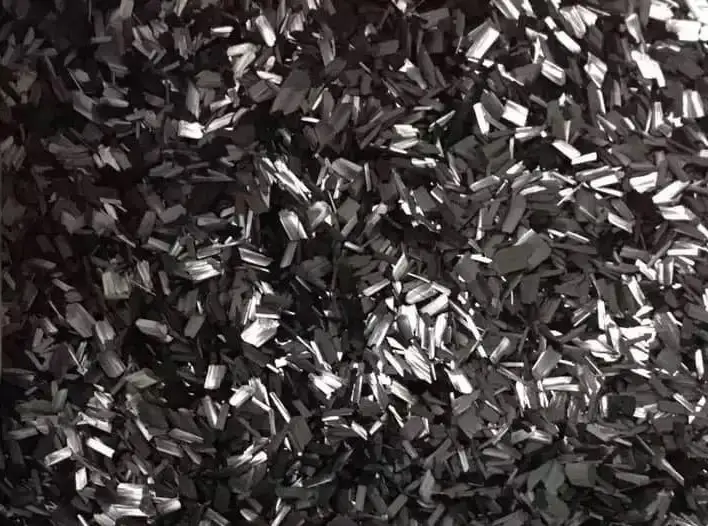
Chopped carbon fiber parts
How Carbon Fiber is Made?
By understanding how carbon fiber is manufactured, it is easy to appreciate the approaches ProleanTech takes in machining carbon fiber. Generally, its manufacturing process follows the following steps.
Material Selection
Carbon fiber manufacture revolves around polyacrylonitrile (PAN), mesophase pitch, rayon, and other precursor materials. The chosen material must undergo several steps before becoming usable carbon fiber.
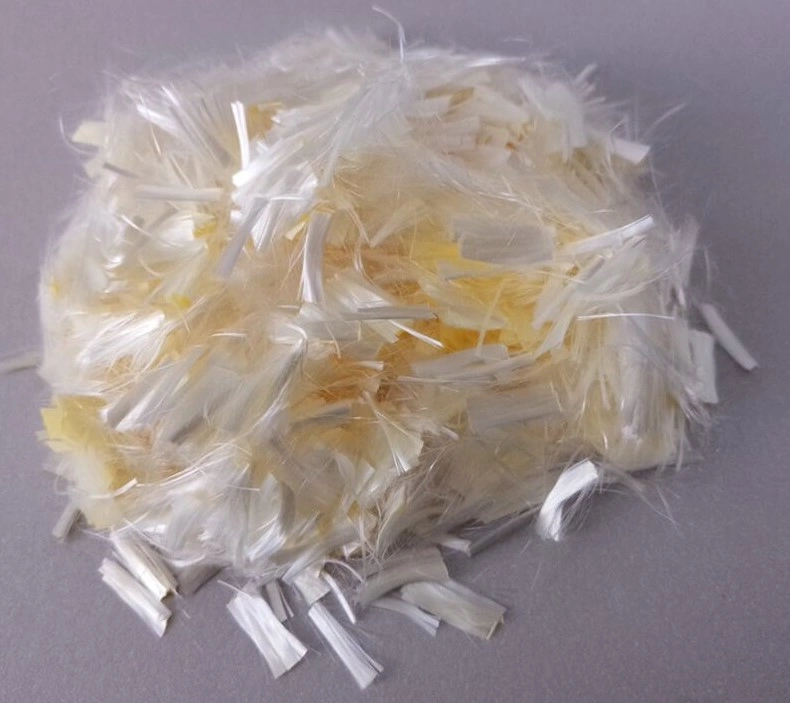
PAN microfibers
Generation of Fiber
The second step is fiber spinning, whereby the material is spun to produce long, slender fibers. This is done through extrusion after the material has been dissolved in a special solvent.
Stabilization process
The fibers are subjected to oxygen-devoid heating. The heat temperatures can reach 300°C. The goal of this step is to stabilize the structure and get rid of non-carbon atoms.
Carbonization
The temperature is raised to the tune of 1,000°C, this time under a limited oxygen environment. This results in more purification, leaving behind a material that is almost 100% carbon atoms.
Additional Treatment
Further product treatment can be performed to enhance surface properties, usually through surface coatings.
Note that carbon fiber is often formed into composites because it is difficult to use in its pure form. The composite carbon fiber is light, strong, corrosion-resistant, and fatigue-resistant.
Try Prolean Now!
Applications of Machined Carbon Fiber
As mentioned, carbon fiber is widely used due to its high strength-to-weight ratio, durability, and corrosion resistance. The following industries use machined carbon fiber parts.
Sports
This material has gained prominence in tennis and other sports. In tennis, rackets are largely manufactured from carbon fiber, providing users with light and more custom designs.
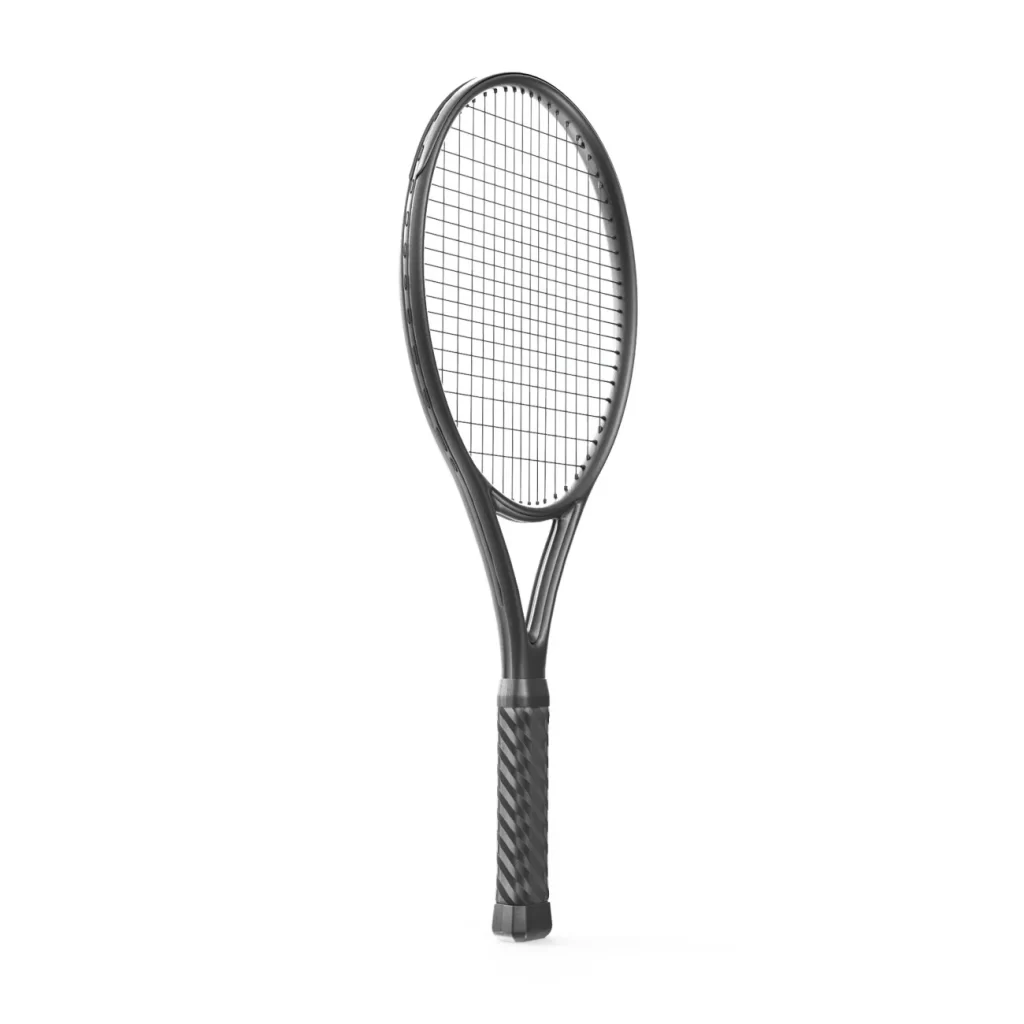
A tennis racket
Bikes made from this material are tough yet very light compared to alternative materials like aluminum.
Other sports that rely on carbon fiber products are surfing, golf, and skiing for golf clubs and water skiing equipment.

Surfboards
Aerospace
Carbon fiber products have transformed the design of aircraft bodies, engine components, and wings. A reduced number of parts, enhanced corrosion resistance, improved fuel efficiency, and enhanced strength are the leading reasons why aircraft manufacturers prefer this material.
Carbon fiber is 40% lighter than aluminum, so its contribution to higher fuel efficiency is an instant improvement. If the right carbon is used, the material’s corrosion resistance can be top-notch.
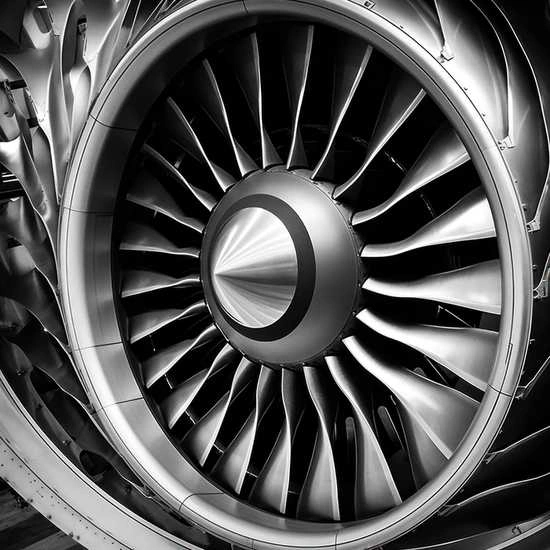
Carbon fiber airplane engine blades
Automotive
Carbon fiber CNC service providers are increasingly opting for this material and the precision and versatility of CNC turning, particularly with the development of electric cars. Electric car designs require elevated efficiency and minimal weight, two elements that carbon fiber provides.
The impact on this industry has also been due to its overall impact on the environment. By being light, carbon fiber enhances fuel efficiency, thus minimizing the carbon footprint.
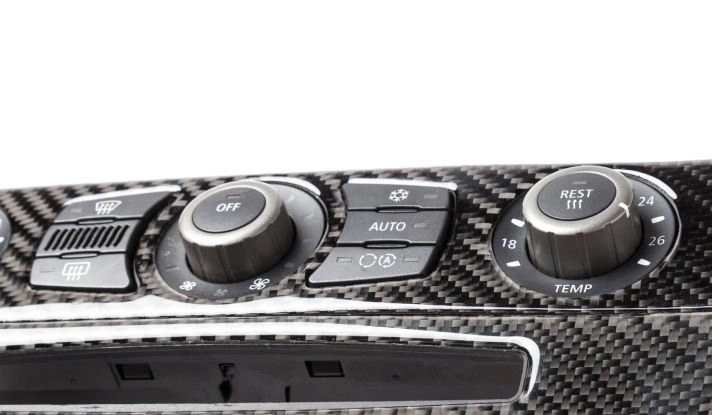
A carbon fiber dashboard
Electronics
Many carbon fiber properties favor the needs of electronics users. For instance, there is an obvious need for lightweight equipment. With a lower weight than aluminum, carbon fiber is a highly-valued material for electronic gadgets.
Furthermore, this material has impact and wear resistance, so it promotes the durability of products such as drones.
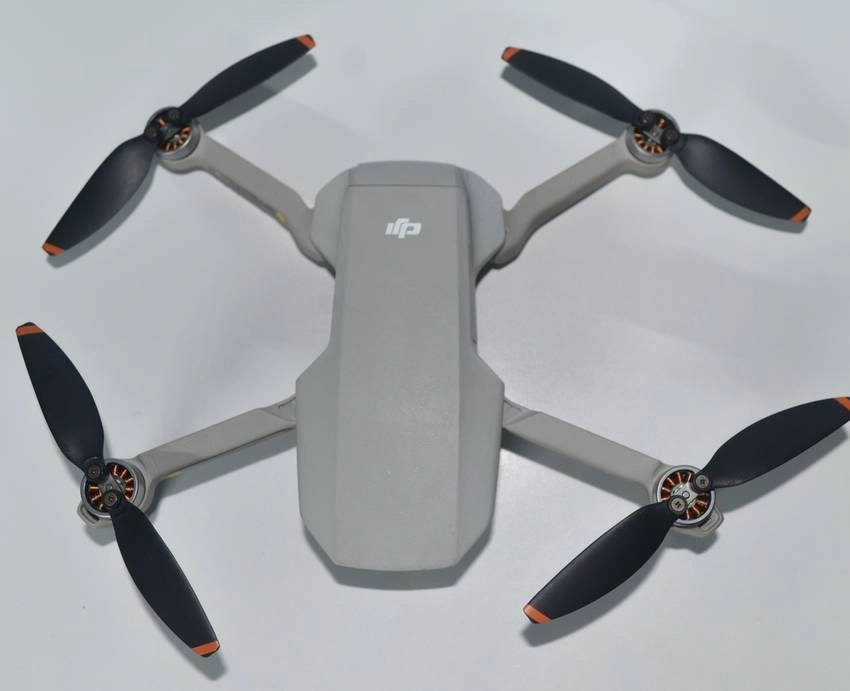
A drone:
No matter your industry, Prolean Tech is ready to cater for all your rapid prototyping services using advanced technologies for dimensional tolerances of ±0.05mm.
Try Prolean Now!
Conclusion
Carbon fiber is a unique man-made material that has captured the attention of carbon fiber fabrication solution providers across industries because of its low weight, high strength, and other irresistible properties.
Like any other material, the selection and use of the product requires a keen understanding of these properties. We have highlighted the different suitable carbon fibre CNC methods. The carbon fiber applications have also been mentioned.
As the material continues to evolve, newer and better ways of application are also emerging. Optimizing the use of carbon fiber in your projects requires a partnership with a proper manufacturer.
Prolean Tech is your ideal center for expertise and technology for machining carbon fiber. Call us today to get a quote and jumpstart the process.
FAQs
Can I machine carbon fiber?
Yes, you can machine carbon fiber if you have the right machines and skills. Apart from having the necessary CNC machine, you need knowledge about controlling machining details such as feed rate and cutting speed.
What is the best machine to cut carbon fiber?
A CNC machine is the best machine to cut carbon fiber. Machines with carbide or diamond coats are ideal for precision and minimized delamination. Specifically, the most common machines for this process are waterjet cutters and multi-axis CNC routers.
What tooling is used for machining carbon fiber?
The tooling used for machining carbon fiber is carbide or diamond-coated. These tools are ideal to counter the tough and abrasive nature of carbon fiber. Since the tools are durable and precise, they minimize the risk of delamination during machining.
What coolant is used in machining carbon fiber?
Using coolant in machining carbon fiber is not recommended. The material is highly sensitive to moisture and can easily get damaged. However, there is an alternative in vacuum systems, which can cool the machining area and remove debris.
How hard is carbon fiber to cut?
Carbon fiber can be relatively hard to cut due to its abrasiveness. It is even more challenging due to the low thermal conductivity. The result is accelerated tool wear and the need for costly replacements.
On top of that, a dull tool can scrap the carbon fiber. Fraying and delamination are likely to occur. The solution is to use the right cutting tool and parameters.
Can you cut carbon fiber with a CNC router?
Yes, you can cut the material with a CNC router. Indeed, this tool is ideal for this job. Ensure the machine has the right tool and is set to the right cutting parameters – feed rate and spindle speed.

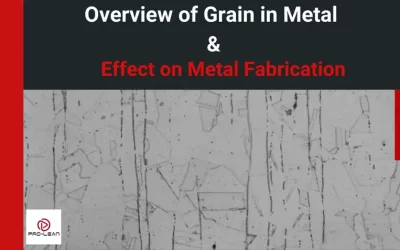
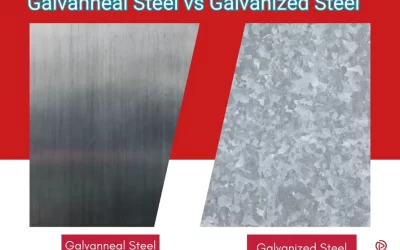
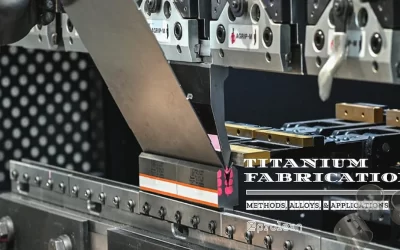
0 Comments